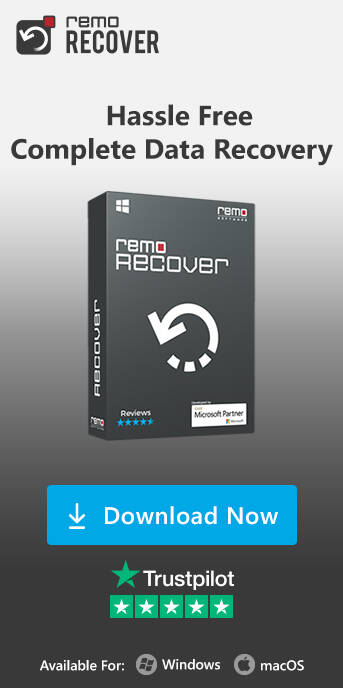FAT12
File Allocation Table (FAT) is an area on the floppy disk or hard disk containing information of every file stored and unallocated spaces on the disk and was first developed for MS-DOS. It was introduced in 1977.
Most of the PC operating systems support the FAT file system; hence, external devices like memory cards, SD cards, pen drives, etc., support the FAT file system.
FAT12 is the oldest type of FAT file system. FAT12 indicates that the size of each entry in the file allocation table of a disk is 12 bits. FAT12 is therefore suitable for small volumes (floppy disk) having a size of 16MB or less. It has a cluster size ranging from 0.5KB to 4 KB.
FAT12 Cluster
The size of the FAT determines the number of clusters the disk volume can contain. FAT12 can store 4086 clusters (212 - few clusters, approx). Floppy disks have a FAT12 file system. The hierarchy from top level to bottom is as follows:
Disk → Partition (one or more) → Clusters (one or more) → Sectors (one or more, depending on size)
The entry provides the number of the next cluster. FAT is something like a table of contents in a book. If the file allocation table is lost or damaged, then reading the disk becomes a problem.
FAT12 Partitioning
We assume that the disk is one big partition and our file system takes up the whole partition. But that doesn't work like that. In FAT12, we need a section that informs us about the free space so that the new data can be stored.
This allows for efficient storage and management of data within the file system. The FAT12 file system utilizes this partitioning and allocation approach to organize and access data on the storage media.
FAT12 File Structure
- Reserved or Boot Sector: The reserved area or boot sector contains the BIOS Parameter Block (BPB) and other essential information about the file system, such as cluster size, number of clusters, and locations of the FAT tables.
- FAT (File Allocation Table) Area: FAT contains entries specifying the usage status of each cluster, indicating whether it's free or allocated to a file.
- Root Directory: The root directory is a fixed-size directory that contains entries for files and subdirectories located in the root of the file system. The number of entries depends on the file system type ex: FAT12, FAT16, FAT32. For FAT12, the root directory can contain approximately 224 entries, each being 32 bytes in size (not specifically 8 bytes for names).
- Data Area: The data area is where the actual files and directories are stored on the disk. In the FAT file system, each cluster in the data area is typically 512 or 4096 bytes in size, depending on the cluster size specified in the boot sector.
Disadvantages of FAT12
- Limited File Size and Disk Capacity: FAT12 has limitations on both file size and disk capacity. It can address a maximum of 32 MB for disk partitions, making it unsuitable for today's large storage requirements.
- Inefficient Disk Space Allocation: FAT12 uses a larger cluster size compared to newer file systems. This results in wasted disk space, especially for small files, as each file is allocated a minimum cluster size regardless of its actual size.
- Fragmentation Issues: The cluster size of FAT12 is fixed so small files tend to use only a portion of the last cluster, resulting in fragmentation. Over time these fragmentations can slow down file access and performance.
- Security and Permissions: FAT12 lacks security features or permission controls. It doesn’t support permission settings or control lists like advanced file systems.
- Outdated and Unsupported: FAT12 is not widely used or supported by modern operating systems. Newer file systems like NTFS and exFAT have replaced FAT12 due to better features and capabilities.
Conclusion:
In order to overcome the limitations of the previous FAT file systems, FAT16 , and FAT32 were created. With the FAT32 file system, you can format external drives or your computer's hard disk as well as partitions. Due to accidental formatting data from logical drives can be lost. To recover the FAT32 partition or external disk drive, use the best recovery utility.
